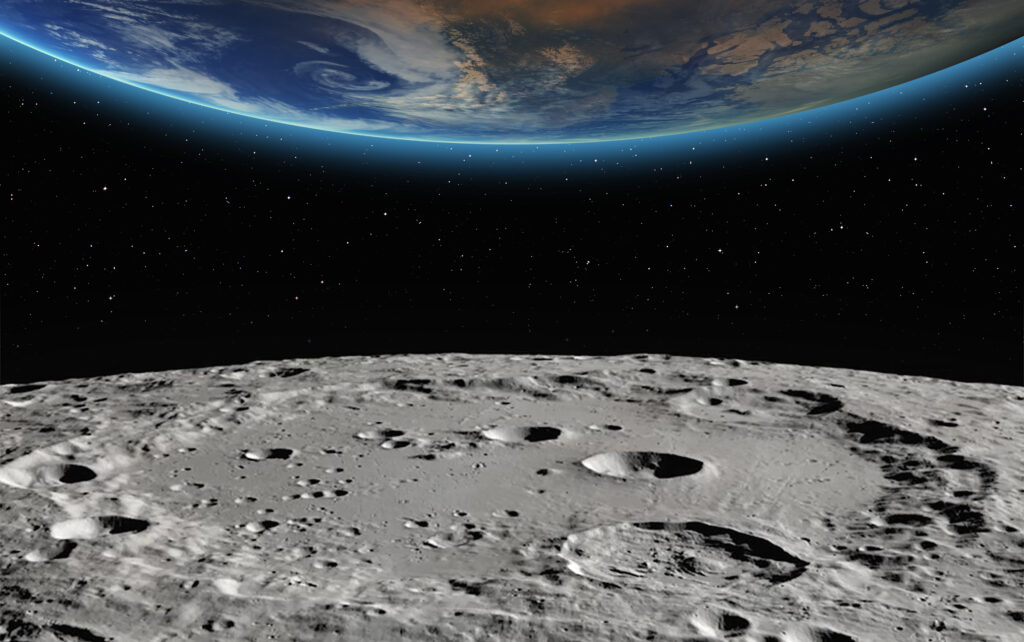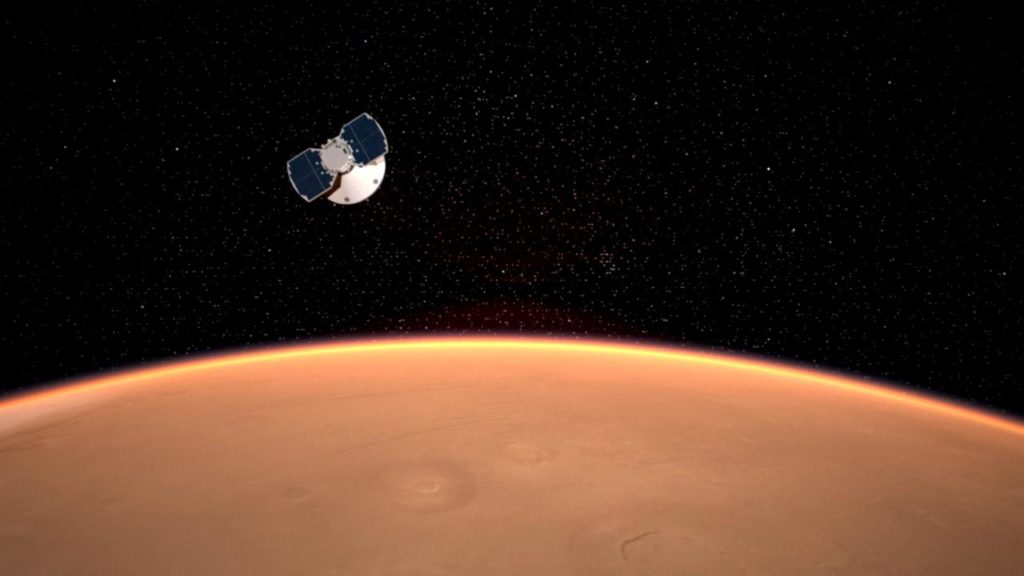
The moon has perpetually been a beacon of curiosity to humankind, always in the sky urging us to look up and beyond. In the mid-20th century, this fascination sparked a historic rivalry between the United States and the Soviet Union, known as the Space Race. This era was marked by extraordinary milestones: satellites orbiting Earth, humans venturing into space and the landmark event of a man setting foot on the moon – a moment etched in history with the phrase, “One small step for (a) man, one giant leap for mankind.” It was an era where the impossible became possible – though some still question if it was a monumental human achievement or an elaborately crafted façade.
Continue reading “SLIM Chances: Upside-down, but not Out on the Lunar Surface”
